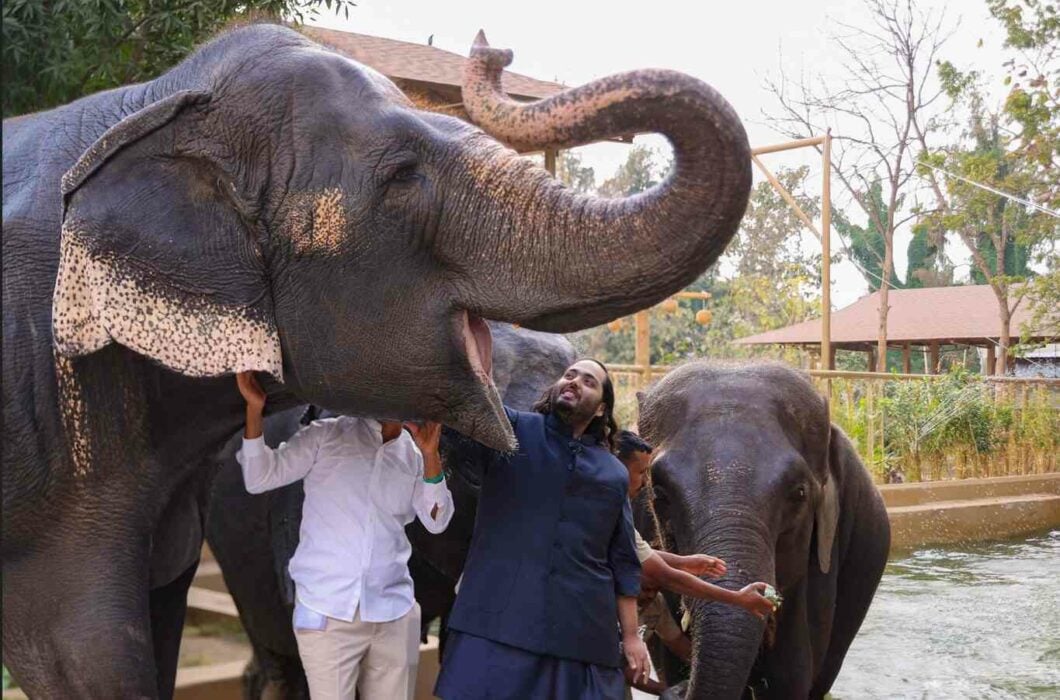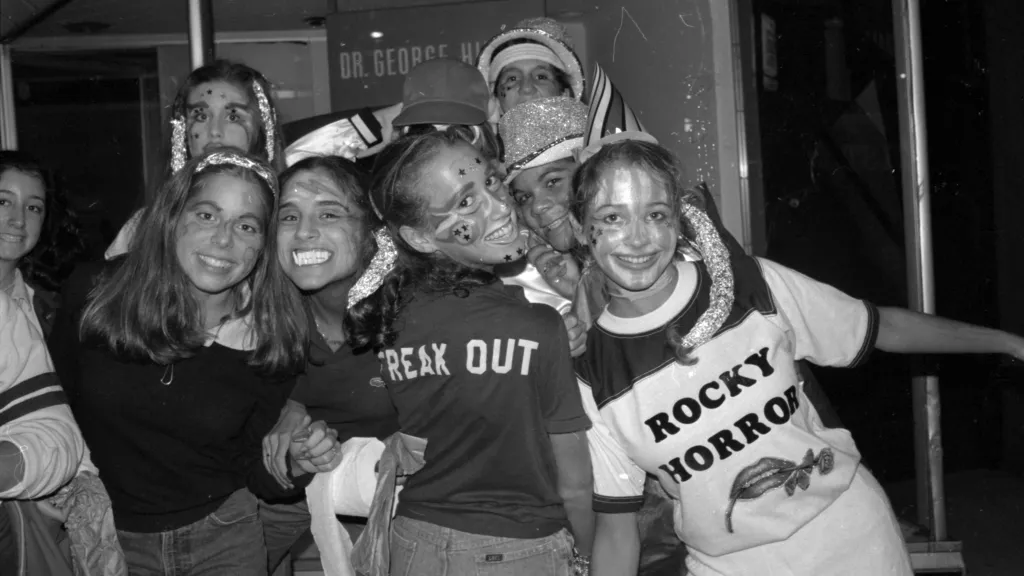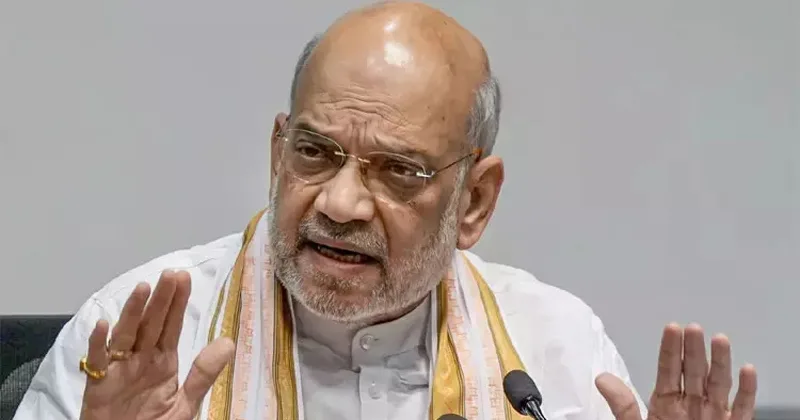
Netflix’s Shadow and Bone never treated magic as a background ornament secondary to the story. From its opening images of the Grisha manipulating the elements to the looming scar of the Shadow Fold, the show embedded supernatural forces into every layer of its world. Magic was labor, military strategy, and cultural identity.
Compared to some of the best fantasy shows on Netflix like The Witcher, which sketches out a system of rules that rarely shift outcomes beyond individual battles, Shadow and Bone tethered power directly to consequences. Characters reshaped politics, economies, and even the map itself, and the result was a world where magic mattered, and it’s precisely what The Witcher lacked.
Shadow and Bone Makes Magic Part Of Everyday Life
Shadow and Bone established early that Grisha powers were “small science,” the manipulation of matter at its most basic level. The show divided this practice into concrete orders, from Healers to Squallers, and made clear these weren’t vague talents, but roles with utility. Magic was more like a skilled craft, woven into the rhythms of society.
And Ravka’s military made that point explicit; The Second Army dressed its Grisha in colored kefta uniforms, assigning them positions as soldiers and specialists. Sandskiffs also required elemental Squallers to power and protect the vessels. This militarization revealed magic as a cornerstone of survival, where every act of warfare in Ravka served as manipulation of the natural world.
General Kirigan’s secret past as the Darkling also underlined the cultural distinction between routine practice and forbidden power. What’s actually referred to as magic is his use of merzost, a forbidden art that feeds on the user to create something from nothing. Whereas the Darkling’s brief love interest, Luda, employs small science to heal wounds by manipulating the world’s elements.
That contrast defined how characters judged each other’s legitimacy. There’s a hierarchy to small science users you’d need an entire Shadow and Bone glossary to reference: Corporalki at the top, Etherealki in the middle, and Materialki at the bottom. The whole political chain makes up Sun Summoners, Inferni, Squallers, Alkemi, and more, establishing societal roles,
By season 2, the everyday integration deepened with the introduction of jurda parem, a drug that enhanced abilities beyond recognition. Suddenly, powers that had been structured into daily labor became volatile weapons, transportable and uncontrollable. The very fact that a substance could transform a Healer or Fabrikator into a city-levelling threat signaled how far magic had spread into the social fabric.
The Witcher’s Rules Are Strong, But Shadow and Bone’s Magic Has Real Consequences
The Witcher’s magic system builds its own foundation on the idea that magic is Chaos shaped by discipline. Its rules are elegantly simple: harnessing energy requires cost, balance, and sacrifice. But the show often treats that cost inconsistently, dismissing many of its rules and not explaining the difference between Geralt’s signs or Yennefer’s spells.
Shadow and Bone, in contrast, was unflinching about its potential fallout. Kirigan’s creation of the Shadow Fold stood as the central parable—a magical decision that altered the entire Shadow and Bone map, birthed monsters, and fractured nations. This was a tangible scar every Ravkan lived with where magic had carved a wound into the earth itself.
Jurda parem escalated those stakes even further; its addictive pull and eventual lethality marked it as more than just a convenient plot device. Every appearance of the drug pressed characters into choices that risked both their survival and their moral standing.
The Shadow and Bone season 2 ending emphasized those consequences; Nikolai’s infection by shadow creatures and Alina’s decision to resurrect Mal alluded they were not temporary side effects. They signaled that exposure to forbidden power left residue, altering their identities and reshaping their destiny, which is likely what season 3 would have tackled.
Where The Witcher often reset its scales between episodes, Shadow and Bone progressed the threats of small science and juda parem, insisting that magic left scars, visible and inescapable.
Shadow & Bone Shows How A Fantasy World Truly Changes When Magic Matters
The Fold was much more than a symbol or backdrop to the Grishaverse; it was infrastructure-breaking reality. Ravka’s Second Army existed because of it, embodying how one magical event forced centuries of adaptation, and Shadow and Bone’s strength was in letting a single act of power ripple outward into every corner of society.
Jurda parem expanded that ripple globally. No longer confined to Ravka, the possibility of Grisha amplification altered the balance among nations. Fjerda’s hunter culture, Shu Han’s experiments, and Kerch’s mercantile hunger all bent toward this new weapon. The show demonstrated how a magical substance could fuel an arms race, embedding fantasy into recognizable political patterns.
The monarchy’s own dependence on Grisha highlighted the inseparability of governance and magic, where royal authority rested less on bloodline and more on the most powerful Shadow and Bone characters and their abilities to exploit Grisha labor. The threat of merzost, the policing of parem, and the conscription of Grisha blurred lines between civic duty and mystical regulation.



